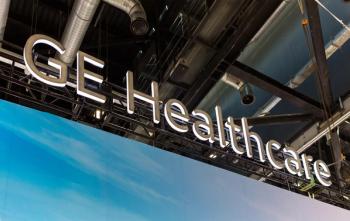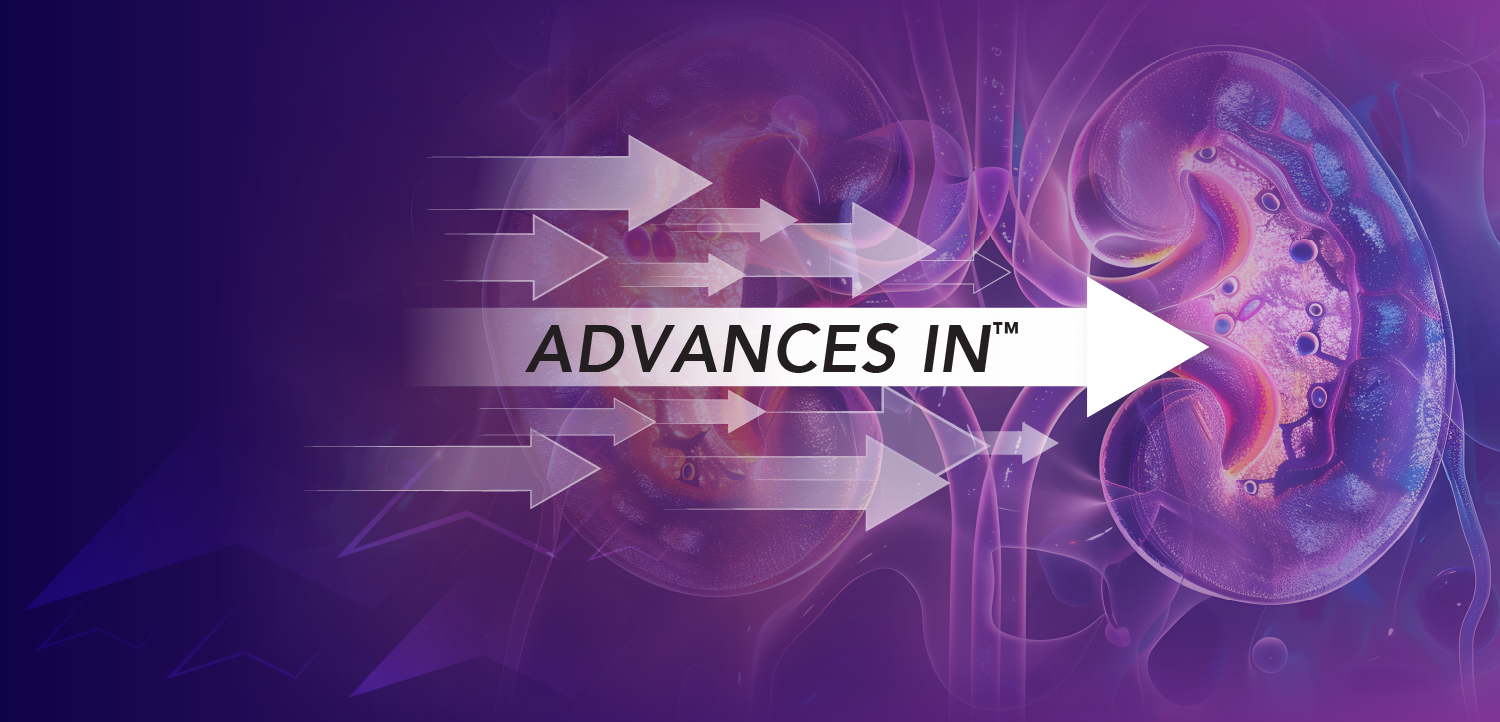
Protecting the front lines: Why primary care needs HIPAA-compliant payment networks
The trust between physicians and patients extends to the handling of medical records.
In today’s health care system, every transaction carries weight, not just in dollars, but in data. The rise of digital payment rails has reshaped how primary care practices
Physicians and their staff work tirelessly to build trust with patients, and that trust doesn’t end in the exam room. It extends to how practices handle medical records, billing and every byte of data exchanged behind the scenes. When those data move across disconnected platforms and are potentially vulnerable to exposure, trust can quickly be compromised and reputations can be severely damaged.
Digital payment rails are the first health care payment systems designed to transport extended patient data that fall under protected health information (PHI) governed by the Health Insurance Portability and Accountability Act (HIPAA) — a breakthrough in processing speed and accuracy. However, these networks also introduce new compliance exposure, especially when these tools are deployed across disconnected platforms. When PHI is transferred between siloed systems or managed manually, the risk of breach or mismanagement increases. For small and mid-sized practices already managing lean teams and tight margins, it’s not just a technology problem — it’s a business risk.
HIPAA liability in a digital payment world
When it comes to cybersecurity, our industry’s record isn’t encouraging. In 2024,
That’s particularly concerning given the level of sensitive data handled through today’s digital payment systems. When transactions carry patient names, insurance details, procedure codes and payment data across disconnected platforms, each seam creates a lack of visibility and potential points of failure. To tap into PHI, cybercriminals don’t need to break into a complete system; they simply need to find the weakest link. Fragmented or manually operated platforms often provide that opening.
As more financial and clinical data are digitized, the risk of exposure grows. Many practices have adopted digital payment rails to modernize their acceptance and processing operations, but without a HIPAA-compliant network that single-handedly closes gaps, these platforms demand constant manual oversight, documentation and risk mitigation by staff who may not have the bandwidth or tools required. HIPAA violations tied to payment processing create risks that include legal penalties, financial deficits and loss of patient trust. This means deep reputational damage that can impact a practice long after the breach itself.
The case for connected networks
While upgrading payment infrastructure doesn’t require overhauling a practice management system, it does require selecting tools that don’t operate in isolation.
A HIPAA-compliant digital payment network protects more than transactions. It ensures that payer payments and explanation of payments are processed within a secure, unified system, eliminating the need for manual rekeying or disconnected workflows. This setup reduces the risk of error, protects sensitive patient data and ensures every transaction is auditable.
Integrated payment networks also create a much clearer picture of financial performance. With a consolidated view, practice managers and physicians can better identify delays, spot discrepancies and forecast cash flow with greater precision. This level of control is especially critical for smaller practices, where a few days’ delay in payments can significantly disrupt operations.
Practices using these networks report faster payment cycles, fewer administrative bottlenecks and greater confidence in their compliance posture. Instead of waiting days or weeks to reconcile payments, billing staff can access real-time data with complete visibility into status, source and resolution.
Speed, accuracy and security
Modern digital payment networks don’t just move money. They move information securely and efficiently. When digital payment rails are connected to a HIPAA-compliant network, payer and patient data are unified into a single, secure transaction. These systems automate posting directly into a practice management system or electronic medical record system, slashing manual effort and shrinking reimbursement times from weeks to days. That speed means better cash flow and less time chasing down information.
Practices using these solutions can generate cleaner patient statements faster, improving the patient financial experience and reducing overdue balances. With more accurate billing, fewer disputes and transparent payment options, patients are more likely to pay promptly.
Future-proofing the practice
Regulations will continue to tighten, cyber threats will continue to grow, and as payment tools become more sophisticated, the burden of compliance will shift even further onto practices.
Adopting a HIPAA-compliant digital payment network is one of the most practical steps a primary care practice can take to protect the safety and security of its operations and patients. It’s not just about convenience or efficiency; it’s about creating a secure, scalable foundation for how care is paid for. It also sends a clear signal to patients: Their information matters. In an environment where trust is fragile and competition for patients is fierce, demonstrating a strong commitment to security can be a differentiator.
Carrie Gluck is a chief information security officer who brings substantial knowledge of various information security regulatory requirements, industry standards and best practices to Rectangle Health. With more than 20 years of experience in information technology and information security, Carrie offers significant expertise in planning, developing, documenting, maintaining and optimizing security and risk management processes.
Newsletter
Stay informed and empowered with Medical Economics enewsletter, delivering expert insights, financial strategies, practice management tips and technology trends — tailored for today’s physicians.

















